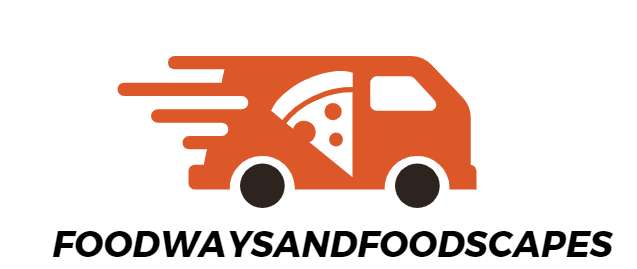With the use of non contact tonometer, we can accurately measure intraocular pressure without touching the eye. This method is more accurate than other methods and is also very safe for the patient. The non-contact tonometer has many benefits, including easy operation, a user-friendly interface, etc... It's also cheaper than other methods in the long run.
1. Noncontact tonometer is accurate and safe for the patient
A non-contact tonometer is accurate and safe for the patient. It is not invasive, non-contact, and does not touch the eye. This means it can measure eye pressure without touching the eye. It also does not cause any harm to your eyesight or vision in any way, making it a great choice for those who want to monitor their pressure without having to undergo an invasive procedure like an ophthalmoscope or slit lamp.
2. Noncontact tonometer is non-invasive
The non-contact tonometer is a device used to measure the pressure inside your eye. It does this by sending a laser beam into your eye, which reflects and is measured by a sensor. This process doesn't even touch the surface of your eye—it's all done from the outside it!
There are many benefits of this method, including:
- Accuracy - because it measures what's happening inside your eye, instead of how light reflects off its surface (like with other methods), it can be more accurate in measuring pressure changes in glaucoma patients.
3. Noncontact tonometer is cheaper than other methods in the long run.
Noncontact tonometer has many benefits, it is cheaper than other methods in the long run. There is no need to buy contacts, reagents, and a new machine every few years.
Also, contact tonometry is much more portable than other methods. It can be easily carried in a bag or pocket and used anytime. This is especially useful for patients that travel frequently or those with busy schedules who want to get an eye exam whenever they have the time.
4. Noncontact tonometer is easy to use; you don't need a specialist to operate it.
A non-contact tonometer is easy to use, and you don't need a specialist to operate it. You can use it at home, in your office, or the field.
5. It prevents the transmission of diseases by avoiding touching the eye.
In many cases, a noncontact tonometer can examine patients without touching their eyes. This is a good practice as it helps reduce the risk of transmitting diseases that are passed on through skin contact or mucous membrane contact with an infected person.
A noncontact tonometer can also be used to assess eye pressure in children who are unable to cooperate during the procedure. This is especially useful in infants and toddlers, as they are often fussy when a cotton swab or other instruments touch their eyes.
A non-contact tonometer is an effective, accurate, and user-friendly device.
A non-contact tonometer is a device used to measure the pressure inside the eye. This pressure is called intraocular pressure (IOP). IOP is measured by using a small rubber cup that gently touches your eye and then presses lightly against it. This instrument does not have to be cleaned or sterilized before use and does not require special training.
Conclusion
The non-contact tonometer is a great device that can help you check your eye pressure without pain or inconvenience. It's easy to use, accurate, and user friendly. All you need to do is follow the instructions given by your doctor, and it will work perfectly well for your needs.


